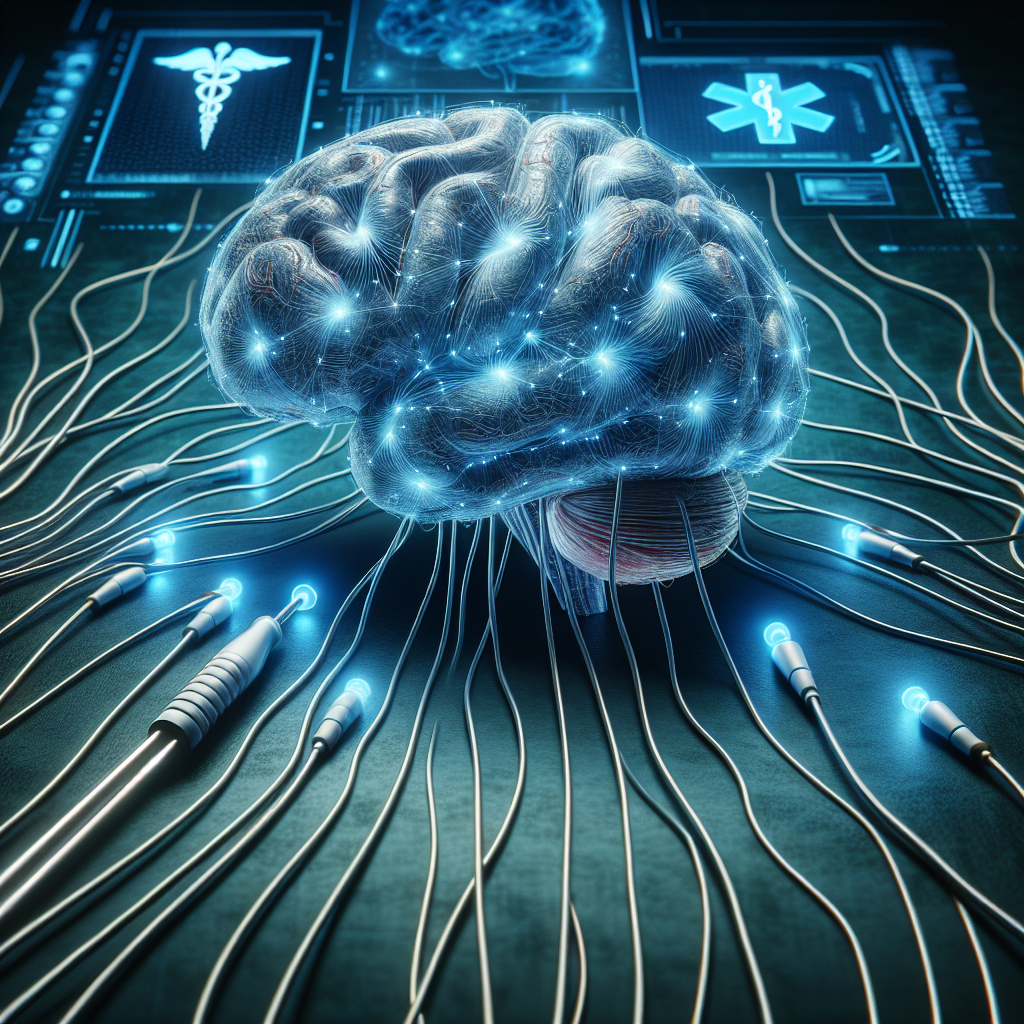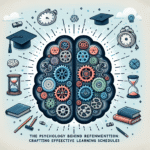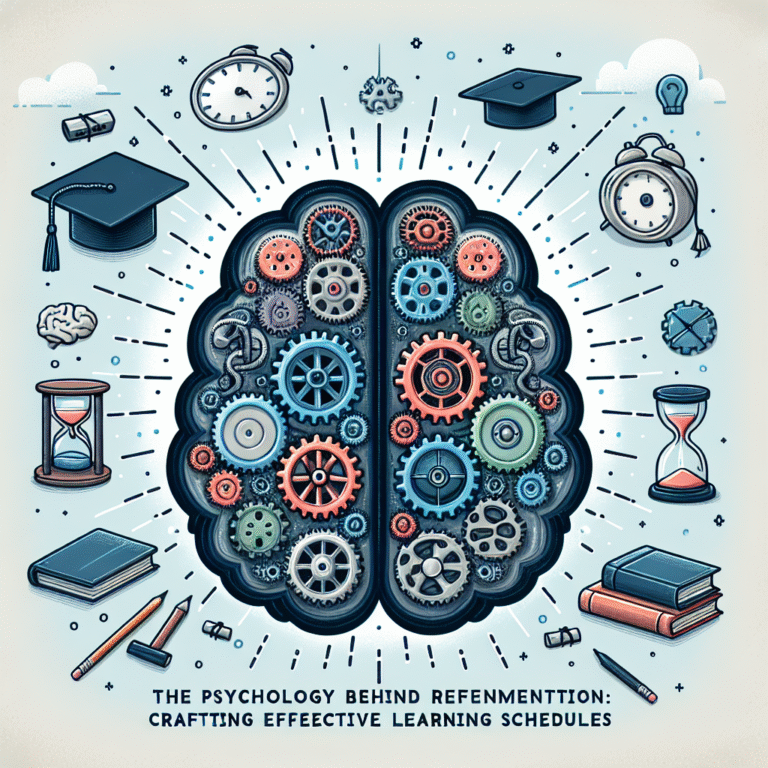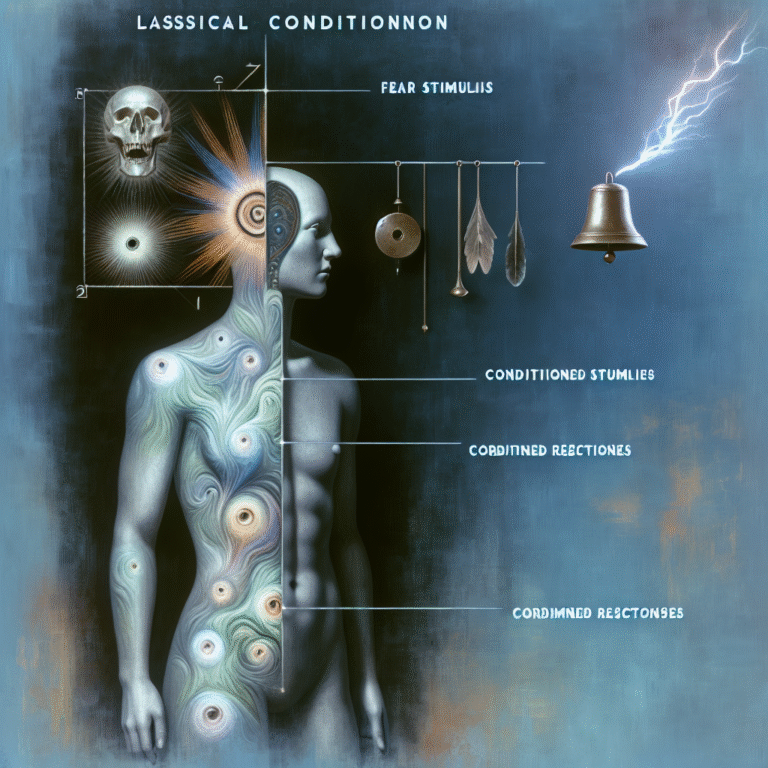
Introduction
Imagine a world where doctors could effectively diagnose mental health conditions, monitor neurological disorders, and even interface with machines using just brain waves. This vision isn’t merely a science fiction dream; it’s rapidly becoming a reality, thanks to the remarkable advancements in electroencephalography (EEG). Harnessing brain waves: how EEG is shaping the future of medicine is not just a technological endeavor but a profound transformation in how we understand and treat the human brain.
The relevance of this topic cannot be overstated. With an increasing incidence of mental health issues, neurological disorders, and a growing population that relies on advanced medical technologies, harnessing brain waves through EEG presents limitless possibilities. This article will delve into the science behind EEG, explore its current applications, and illuminate how it is set to redefine medical practices.
Understanding EEG: The Basics
What is EEG?
Electroencephalography (EEG) is a non-invasive technique used to monitor electrical activity in the brain. By placing electrodes on the scalp, EEG captures brain waves—patterns of electrical impulses produced when neurons communicate. These waves, categorized into delta, theta, alpha, beta, and gamma bands, provide valuable insights into brain function.
How Does EEG Work?
When we engage in various mental tasks—be it sleeping, concentrating, or processing emotions—our brain exhibits distinctive patterns of activity. EEG transforms these patterns into data that doctors and researchers can analyze to diagnose conditions like epilepsy, sleep disorders, and more.
The Significance of Brain Waves in Medicine
The human brain operates continuously, emitting electrical signals that reflect our thoughts, emotions, and states of consciousness. By harnessing brain waves, we unlock a gateway to understanding mental health, cognitive processes, and potential neurological disorders.
Real-world Applications of EEG
1. Neurological Diagnostics
EEG plays a crucial role in diagnosing epilepsy and other neurological disorders. For instance, a study published in the Journal of Clinical Neurophysiology found that EEG helped identify specific seizure types more accurately than traditional methods.
Case Study: Epilepsy Management
Maria, a 28-year-old woman, experienced unexplained seizures. Traditional imaging failed to pinpoint the cause, but an EEG identified the problematic area in her brain. This information allowed doctors to tailor her treatment effectively, showcasing how harnessing brain waves can lead to targeted interventions.
2. Mental Health Monitoring
With mental health issues on the rise, EEG offers a non-invasive way to monitor conditions like depression and anxiety. Real-time data on brain activity can inform treatment decisions and options.
Case Study: Depression Treatment
After struggling with depression for years, John participated in a research program utilizing EEG feedback. The data revealed that his brain exhibited irregular activity in the alpha wave range. Through targeted neurofeedback sessions, John was able to retrain his brain, optimizing emotional regulation.
3. Brain-Computer Interfaces (BCIs)
One of the most exciting applications of EEG is in the realm of brain-computer interfaces. BCIs enable individuals to control devices directly with their thoughts, drastically improving the quality of life for those with mobility impairments.
Case Study: A Life-Changing Interface
In a groundbreaking project, a paralyzed man was able to control a robotic arm simply through his thoughts, thanks to an EEG-based BCI developed at a leading research institution. This application of harnessing brain waves not only revolutionizes rehabilitation but also opens the door to new forms of independence for individuals with severe disabilities.
4. Sleep Studies
EEG is fundamental to sleep research, providing insights into sleep stages and disorders like insomnia and sleep apnea.
Analysis of Sleep Patterns
A clinical study involving patients with chronic insomnia utilized EEG to measure sleep architecture and identify abnormalities in brain function. The findings allowed healthcare providers to develop tailored sleep hygiene plans.
EEG in Research: The Future is Now
Innovations in Technology
Recent technological advancements, including portable EEG devices, are making brain wave monitoring more accessible than ever. Individuals can now wear these devices at home, providing continuous data that help researchers understand transient and chronic brain conditions.
Combining EEG with AI
Artificial intelligence is beginning to play a pivotal role in analyzing EEG data. AI algorithms can process complex patterns faster and more accurately, leading to timely diagnoses and interventions.
Case Study: AI in EEG Analysis
A recent collaboration between researchers and AI developers resulted in an application that can detect epileptic seizures with over 90% accuracy by analyzing EEG data. This combination of harnessing brain waves and advanced technology paves the way for a more proactive approach to neurological health.
The Benefits of Harnessing Brain Waves
Improved Diagnostics
Utilizing EEG in clinical settings leads to more accurate diagnoses, essential for effective treatment planning. By focusing on brain wave patterns, doctors can identify issues that traditional imaging might miss.
Personalized Treatments
As we learn more about brain waves and their implications, treatments can become highly personalized. This individualized approach can drastically improve patient outcomes.
Accessibility in Mental Health Care
With the advent of wearable EEG devices and telehealth options, accessible mental health care is more attainable than ever. Patients can receive monitoring and interventions without frequent in-person visits.
Better Understanding of Cognitive Functions
By studying brain wave patterns, researchers can better understand conditions affecting cognition, leading to advancements in treating learning disabilities and age-related cognitive decline.
Future Implications for Medicine
The ongoing exploration of EEG technology hints at a future where mental health and neurological care is as routine as physical exams. Researchers envision a world where brain wave monitoring becomes an integral part of regular health check-ups, helping detect disorders before they manifest.
Ethical Considerations
As we explore the potential of harnessing brain waves, ethical considerations must take center stage. Privacy concerns surrounding brain data collection and the potential misuse of EEG technology require stringent regulations to ensure the safety of individuals.
Conclusion
The advancements in EEG signal how harnessing brain waves is shaping the future of medicine. From diagnosing previously elusive conditions to creating a direct interface between our brains and machines, the possibilities seem boundless. As technology continues to evolve, further developments are likely to emerge, transforming our approach to health and well-being.
Embracing this change not only holds the promise of improved clinical outcomes but also encourages us to rethink our understanding of the mind and body. The journey has just begun, and the future of medicine is bright with the promise of harnessing brain waves to create a healthier world.
FAQs
1. What conditions can EEG diagnose?
EEG is commonly used to diagnose epilepsy, sleep disorders, brain tumors, and certain mental health conditions, like anxiety and depression.
2. Is EEG testing safe?
Yes, EEG is a non-invasive procedure and is considered safe for patients of all ages.
3. How long does an EEG test take?
An EEG test typically lasts between 20 to 60 minutes, although extended monitoring in specialized settings may take longer.
4. Can EEG be used at home?
Yes, portable EEG devices allow for at-home monitoring, providing valuable data for both patients and healthcare providers.
5. What is the role of AI in EEG analysis?
AI enhances EEG analysis by identifying patterns and anomalies quickly and accurately, leading to improved diagnostics and treatment protocols.
Keywords for SEO Optimization
- EEG applications in medicine
- Brain wave monitoring technology
- EEG and mental health
- Future of electroencephalography
- Innovations in brain-computer interfaces
By capturing the essence of harnessing brain waves, this article aims to inform, engage, and inspire readers to appreciate the strides being made in medical technology and to advocate for the integration of EEG in everyday health practices.

















